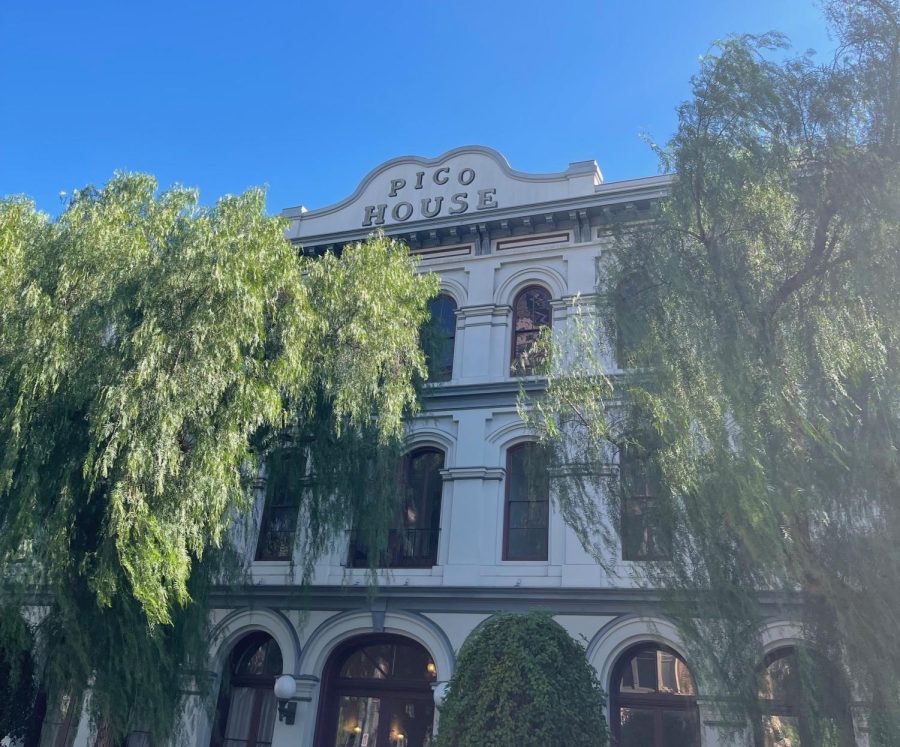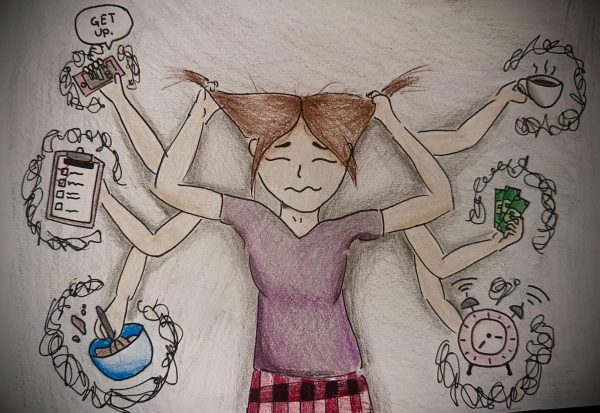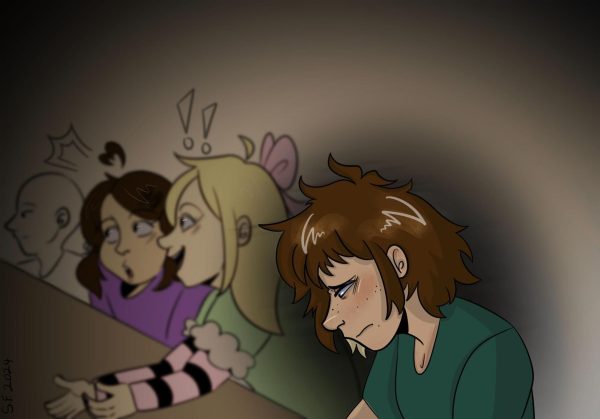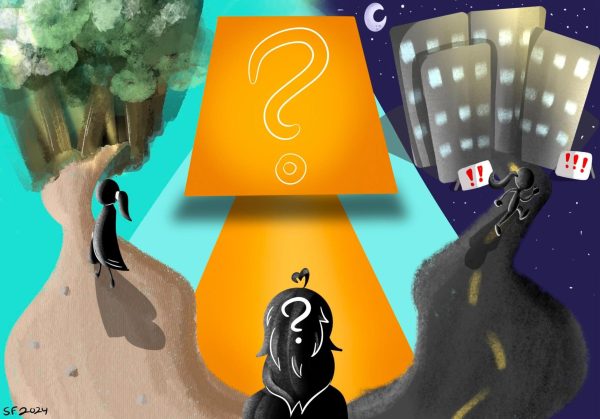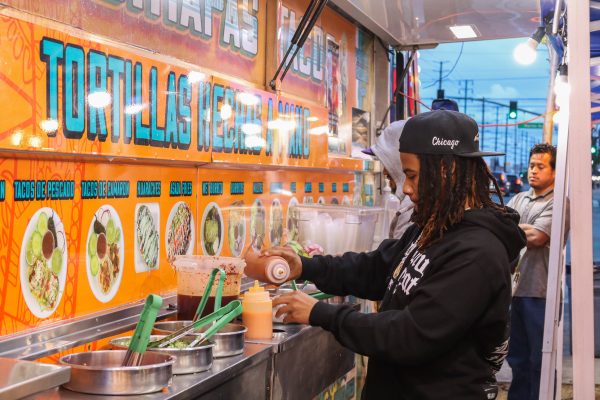Top 5 haunted places close to ECC: From downtown L.A. to the South Bay, here’s where you are most likely to encounter a ghost
1. The Pico House, location of the 1871 Chinese Massacre, one of the deadliest mass lynchings in U.S. history
The Pico House at 424 N. Main St. in Los Angeles, 90012 is the site where several vicious attacks occurred just outside the hotel’s entrance during the 1871 Chinese Massacre. Guests and staff have reported angry encounters with the ghosts of those who were killed. At the time, Don Pio de Jesus Pico – the last Governor of California under Mexican rule – was a wealthy rancher. The Pico House, built just one year before the massacre, was considered L.A.’s first luxury hotel, but by his death in 1894, Pico was broke. Historians attribute his downfall to lawsuits, gambling, extravagant spending and womanizing. Could it be that Pico was cursed by the spirits that haunt his hotel?
By 1871, Los Angeles had a thriving Chinese community between Main and Los Angeles Streets along “Calle de Negro” or “N—– Alley.” The street got its derogatory name from first Spanish and then American elites commenting on the fact that L.A. had been colonized by multi-racial people of African, Spanish and Indigenous descent. Officials pushed California’s Gabrieleño people, who had been forced off their land, as well as Chinese residents to live in the area surrounding the street.
When a white saloon owner was accidentally killed in a shootout between rival Huiguan organizations, a mob of 500 white and Mexican men led by law enforcement and elected officials attacked the community, lynched at least 18 Chinese boys and men, and burned Chinatown to the ground. Some attacks occurred just outside the Pico House.
Only eight people were convicted and even those convictions were overturned on appeal. At the time, state law prohibited Chinese residents from testifying in court against white people. Vigilante violence was common in L.A. The region had the highest lynching rate in the U.S. between 1848 and the 1880s.
L.A. newspaper editorials regularly claimed that Chinese people were immoral and inferior, and officials pushed the U.S. to pass the Chinese Exclusion Act in 1882 – the first significant U.S. legislation that restricted immigration.
L.A.’s Chinatown was rebuilt decades later several blocks north by attaching fake “Chinese-themed” movie sets to the buildings. You can still see where set decorations cover the original structures.
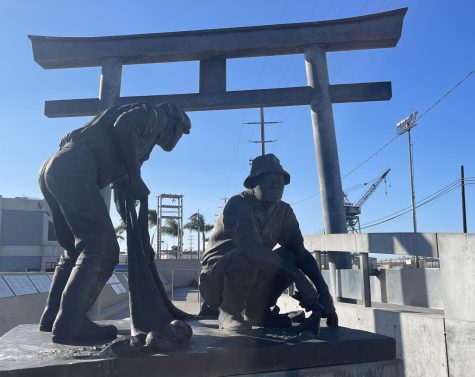
2. Terminal Island, where the U.S. Government destroyed the Japanese American community of Fish Harbor
Terminal Island, centered within the huge ports of Los Angeles and Long Beach, is reached by driving to the southernmost points of the 110 and 710 Freeways. From 1900-1942, at least 3,000 Japanese Americans lived on the island in the thriving community of Fish Harbor.
After the 1941 bombing of Pearl Harbor, the U.S. government forced more than 300,000 Japanese Americans into incarceration camps, confiscating their land and property.
Fish Harbor was erased.
A monument – featuring a Torii gate, the traditional entrance to a Japanese Shinto shrine, that marks the transition from the everyday world to the sacred – is all that marks the spot. Dock workers claim they have seen and heard the ghosts of the former residents searching the streets for their homes and neighbors.
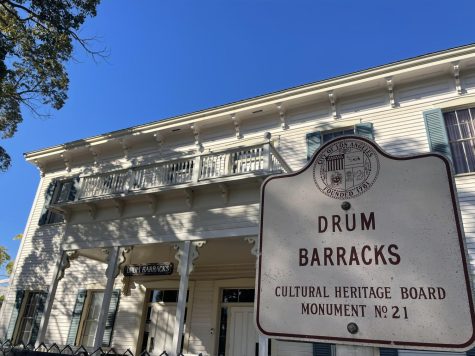
3. The Drum Barracks
The Drum Barracks at 1052 N. Banning Blvd. in Wilmington, 90744 is Los Angeles County’s only remaining Civil War-era military facility.
The Union Army fort was in a dangerous location as L.A. County was the only region west of Texas that sided with the Confederacy and was a major supplier of the South’s war campaign.
Conditions at the barracks were also harsh, given its far isolation from other Union troops and frigid Pacific Ocean winds sweeping across the South Bay.
The L.A. Department of Recreation and Parks now operates the site as the Drum Barracks Civil War Museum. Both staff and visitors say they have seen the spirits of Union soldiers roaming the hallways, sitting in chairs or lounging on the front porch. A favorite is Fred, who asks if anyone has seen his love, Maria. Reports also include lights turning on and off and the smell of cigars.
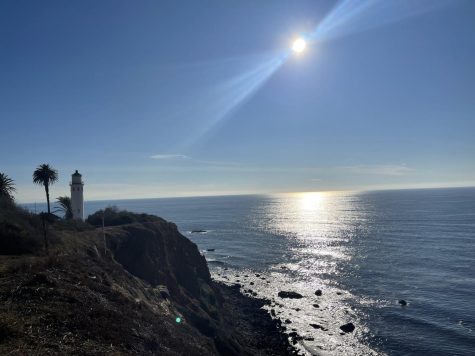
4. Point Vicente Lighthouse
On a cliff overlooking the Pacific Ocean is the Point Vicente Lighthouse located at 31550 Palos Verdes Dr. W., Rancho Palos Verdes, 90275. Before the lighthouse was built in 1926, a woman was known to walk the cliffs looking for her lover who was lost at sea. Many people claim that she can still be seen at night floating along the lighthouse gallery searching the waves.
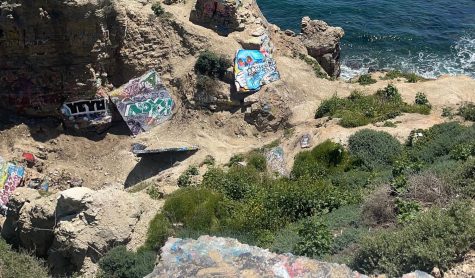
5. Sunken City
Where San Pedro meets the sea next to Point Fermin Park near Cabrillo Beach, you will find the Sunken City. It’s defined by the rubble of a street and concrete foundations from a neighborhood that slowly slid into the ocean over two decades beginning in 1929.
Since then, curiosity has drawn thousands here including graffiti writers, who see the spot as a street art Mecca.
But the cliffs are treacherous and the ground unstable. Many have tumbled to their deaths. Others have died by suicide. Some say you can hear their mournful cries warning others to stay away. You also face large fines and even arrest if you go beyond the fencing.
Views from outside – and the best way in – are on the far-left corner of Point Fermin Park facing the sea. Located at 807 W. Paseo Del Mar, San Pedro, 90731.
These ghosts also deserve attention:
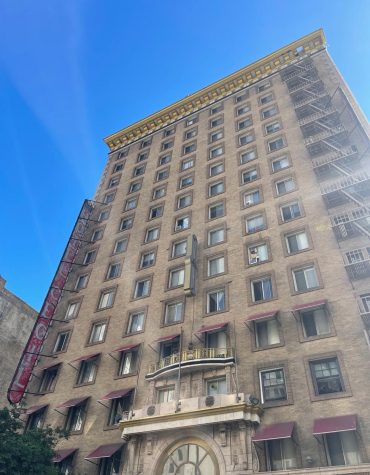
6. The Cecil Hotel
The Cecil Hotel, 640 S. Main Street, Los Angeles, 90014. A strange glow emanates from the building. Is it the sun or a restless spirit? The Cecil Hotel would have been in the top five had it not been for the international attention it’s already gotten with the Netflix series on Elisa Lam, who mysteriously drowned in the rooftop water tower. The Cecil is arguably the creepiest hotel in the world with numerous murders, suicides, overdoses, two serial killers among its residents, and a well-earned reputation for being haunted.
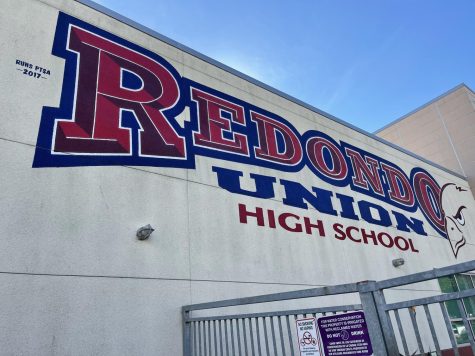
7. Redondo Union High School and Zamperini Stadium
There are also reports that two high schools close to El Camino College have ghosts: Redondo Union High School, One Sea Hawk Way, Redondo Beach, 90277 and Zamperini Stadium, 2125 Lincoln Ave., Torrance, 90501, home field for Torrance High School.
Look for Jake at Redondo Union, who was a student during World War II and had a crush on a girl whose jealous boyfriend returned from the war and beat Jake to death.
Neighbors say an unknown woman and her two children were murdered after leaving a Torrance High football game at Zamperini Stadium and their ghosts are still seen walking home.
Editor’s Notes:
- Alignment of photos was changed for better placement on Monday, June 19.
- Spacing was corrected on Friday, June 23.


